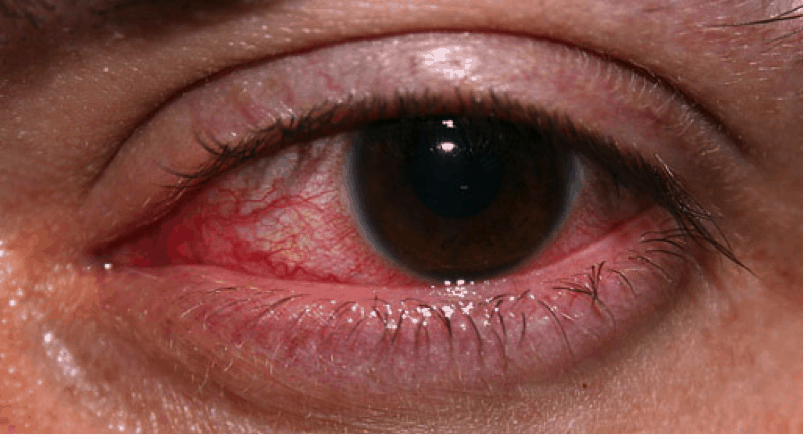LASIK surgery is used to correct refractive errors such as astigmatism, hyperopia, and myopia. LASIK surgery helps the patients to eliminate the use of spectacles or contact lenses. Each type of surgical procedure has its own risks, side-effects, and complications. Even though LASIK eye surgery is considered as the safest and successful surgical procedure, it also causes various risks and complications. Laser eye procedures do not cause complications like partial or complete vision loss. Most of the complications and side-effects caused by LASIK surgery can be solved by treatment or performing another surgery. Minimize the possibility of surgical risks and complications by choosing a surgeon who is well-experienced and skilled in LASIK procedure.
LASIK Risks and Complications

Some of the risks and complications associated with the LASIK surgery are:
Overcorrection or under-correction – LASIK risks and complications
Most of the patients are satisfied with the outcome of the LASIK eye surgery. In some patients, expected quality of vision may not be achieved initially. Hence, another surgery has to be performed for the second time (enhancement surgery) to improve the quality of vision. Enhancement surgery is mostly required for the patients with higher prescriptions. However, enhancement surgery is performed after several months of the initial surgery, so that to provide enough time for the eyes to recover from initial surgery and stabilize the eyeglass prescription. Both overcorrection and under-correction can be corrected using enhancement surgery.
Discomfort – LASIK risks and complications
Only a slight discomfort will be experienced by the patients in blade-less LASIK surgery. During the initial few days after the surgery, light sensitivity and mild irritation can be experienced by the patients. The patient may also experience halos, starbursts in low-light surroundings, hazy eye, dry eye, and reduced vision quality. However, these problems will disappear gradually within 3-6 months.
Infection – LASIK risks and complications
Even though corneal infection is very rare in this surgery, it is occurring in 1 out of 5000 cases. With the use of modern techniques and equipment, the risk of infection after a refractive surgery is highly reduced. Eye drops are applied before and after the surgery to reduce infection. Patients should not go for swimming, spa treatment, and hot tubs for the initial three weeks of surgery. Eye make-up should be avoided for the first few weeks. If there is any infection, the patients have to consult the surgeon for treatment, or else severe scarring will occur in the eye that may cause considerable loss of sight.
Corneal Haze – LASIK risks and complications
Corneal Haze is a rare occurrence and it is mainly associated with high prescriptions. Normally, the problem will fade after the first few weeks of the surgery. The corneal haze may become severe in some cases causing significant problems such as halos, double vision, and fuzzy vision. Severe corneal haze is also treatable, but in some cases it becomes untreatable and permanent.
Regression – LASIK risks and complications
Regression normally occurs during the healing period after the surgery, in which the surface epithelium and corneal tissue beneath the epithelium thickens. The problem fades off after the initial weeks of the LASIK surgery.
Dry Eyes – LASIK risks and complications
Dry eyes occur after the refractive surgery and are more common with LASIK procedure. Artificial tears have to be used regularly to lubricate the eyes. Normally, the problem improves after some weeks or months. The problem may persist in some cases. If the patient is suffering from dry eyes before laser treatment, then avoid LASIK procedure.
Flap Complications – LASIK risks and complications
Some of the flap complications that may arise after the LASIK procedure are irregular astigmatism, epithelial ingrowth, and diffuse lamellar keratitis. These problems can be corrected by performing an enhancement surgery.